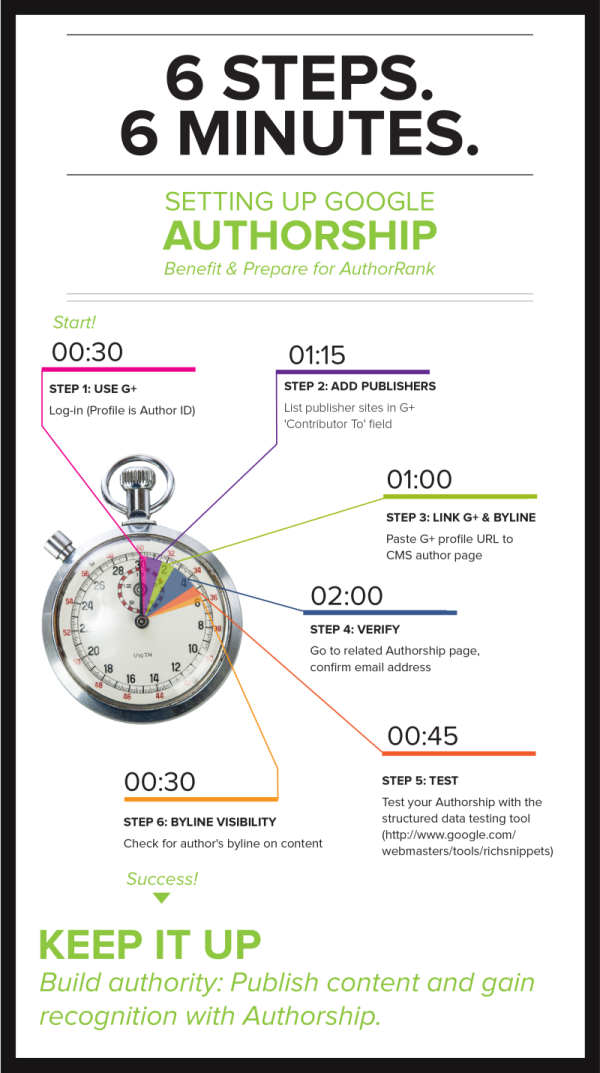
Google+, The newest trend? Or the newest flop? Umpf gets to the bottom of this mystery with a little research and reports it’s results with an infographic! The Google+, Ghost Town? infographic does more than just report the Google+ statistics, it compares them to other key social networks.
There’s been many articles written about how good, bad and indifferent Google+ is. But our favourite debate is the ongoing It’s Really Popular Vs It’s A Ghost Town one.
So what’s the truth? Our findings and infographic (see below) appear to suggest the latter: despite its large number of accounts, G+ is bottom of the list of social network users’ favoured channels.
Google, of course, claims it is fast-growing and really popular. Why wouldn’t they? And, of course, there is research to support that argument. But does this chart, left, for example, which shows the rise in G+ unique visitors, tell the whole truth?
So, we decided to do our own research. It is by no means exhaustive and is only meant as a snapshot view, so judge for yourself.
Certainly a trending topic lately, but also a really good infographic design. Of course it’s framed in a Google+ news feed style layout. Easy to read and colorful. I like the color coding related to the different social network logos, even though some of those blue colors are hard to differentiate.
In the Users bar chart, I love the use of color, putting the data right in the bars and using the logos on the axis to eliminate any need for a legend. Good data visualizations design!
In the “Users Likely to Share” I would have liked to see some sizing of the icons to match the data. Instead, they put the icon illustrations into rank order, continued the consistent color coding and clearly identified 1st, 2nd, 3rd, etc.
The section with all of the doughnut charts (reminiscent of the Google+ Circles icon) also continues the consistent color coding. I’m sure it a rounding issue, but many of the charts only add up to 99.9% instead of 100%.
At the bottom, the two things missing are some type of copyright license as well as the URL linking back to the original infographic landing page.
Thanks to Jon for sending in the link!









 Randy
Randy








